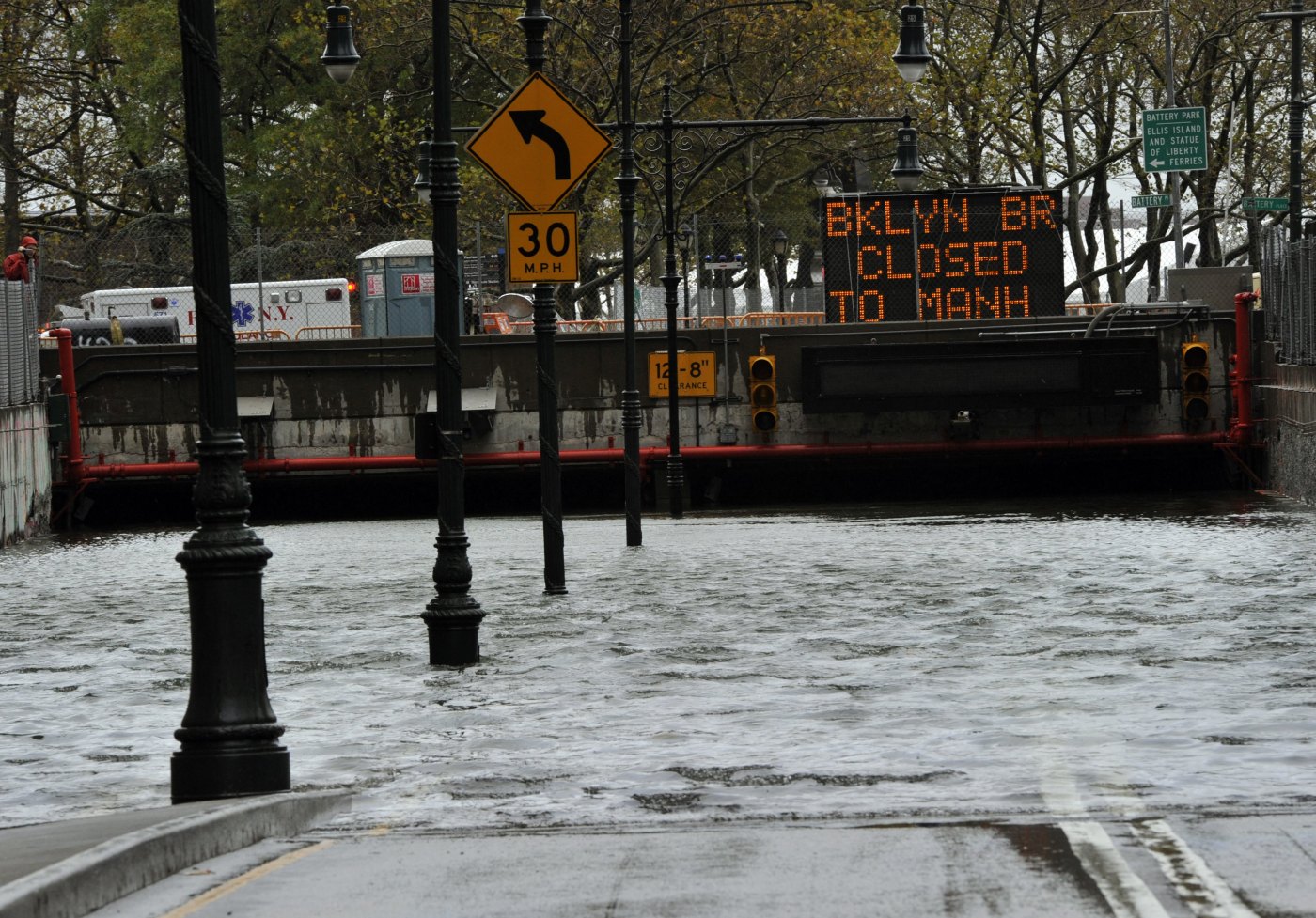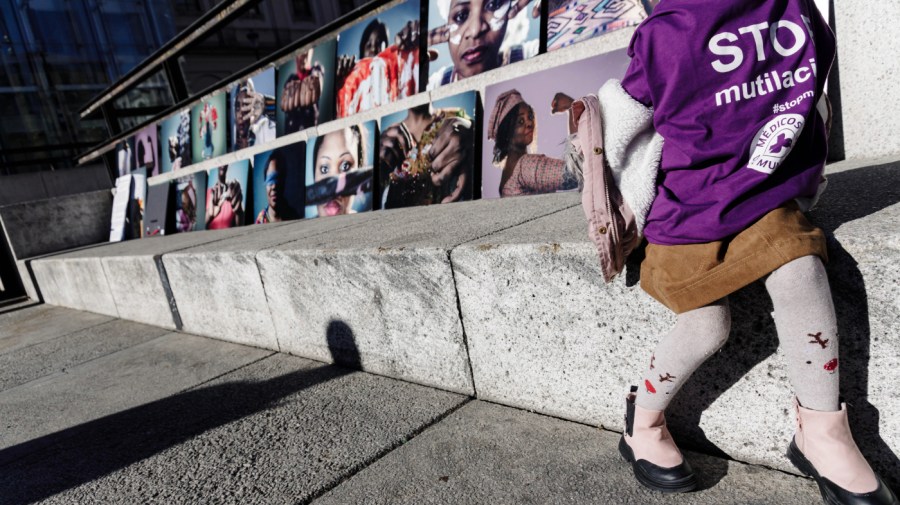On October 29, 2025, New York City will observe the thirteenth anniversary of Superstorm Sandy, a catastrophic event that flooded Lower Manhattan and resulted in damages exceeding $70 billion at the time, equivalent to approximately $95 billion today. This disaster served as a stark reminder of the inadequacies in the city’s infrastructure to withstand the escalating threats posed by climate change.
In the years since Sandy, the city has made significant strides in enhancing its coastal defenses. However, the ongoing need for adaptation remains crucial, particularly as the United States grapples with a national crisis of climate-related disasters. In 2024 alone, the nation experienced 27 catastrophic climate events, leading to the loss of hundreds of lives and substantial financial damage.
Resiliency Initiatives in Battery Park City
In response to these challenges, the Battery Park City Authority (BPCA) is spearheading two major resiliency projects under the Lower Manhattan Coastal Resiliency initiative. These initiatives are not merely theoretical; they are actively being constructed and have already begun to yield tangible benefits.
One notable project is the revitalization of Wagner Park, a cherished green space that reopened this summer. Elevated above the 100-year flood plain, the park now incorporates a floodwall, a modern stormwater management system, and a 63,000-gallon tank designed for rainwater reuse. This upgrade not only enhances the park’s utility but also strengthens flood protection for Lower Manhattan against future storms.
The Wagner Park project adheres to the rigorous standards set by the Waterfront Alliance’s Waterfront Edge Design Guidelines, which emphasize resilience and environmental sustainability. Later this year, the North/West Battery Park City Resiliency Project will commence construction, establishing a crucial flood risk management system. This innovative barrier will function without human intervention during severe storms, ensuring the ongoing protection of the waterfront while preserving open spaces and accessibility.
Collaboration and Community Input
The successful realization of these projects is attributed to effective collaboration and strong leadership. Similar to the collaborative efforts seen in the aftermath of the September 11 attacks—when the new World Trade Center and 9/11 memorial were completed in time for the tenth anniversary—these resiliency initiatives have emerged from a methodical planning process that incorporates community feedback.
For years, the BPCA has engaged with local residents and businesses, ensuring that final designs align with the priorities of the community. As cities across the United States examine their own resilience strategies, the approach taken in Battery Park City serves as a valuable model. The ongoing projects are complex, yet they promise to deliver substantial benefits for both Battery Park City and the larger Lower Manhattan area.
These initiatives are designed to protect the homes of tens of thousands of New Yorkers, safeguard key economic infrastructures, and enhance the environment for marine life. The removal of Battery Park City from the flood zone will alleviate the burden on homeowners by eliminating the need for flood insurance on federally backed mortgages. Additionally, the reconstruction of approximately 1,200 feet of bulkhead will create habitats that support vital marine ecosystems.
The financial viability of these projects is also noteworthy, as they are projected to generate more than $2 in benefits for every dollar invested. The work in Battery Park City complements similar efforts on Manhattan’s East Side, where additional measures are being implemented to fortify low-lying areas against flood risks and rising sea levels.
As the anniversary of Superstorm Sandy approaches, it is essential to reflect on the lessons learned and the progress made in urban resiliency. The transformations in Battery Park City exemplify how determined planning and community involvement can lead to successful outcomes. In a time when many neighborhoods and cities are seeking solutions amidst bureaucratic challenges, the projects in Battery Park City provide a blueprint for effective climate adaptation initiatives.
In summary, while the scars of Superstorm Sandy remain, the ongoing efforts in Battery Park City illustrate a proactive approach to urban resilience that not only addresses immediate threats but also fosters long-term sustainability and community well-being.







